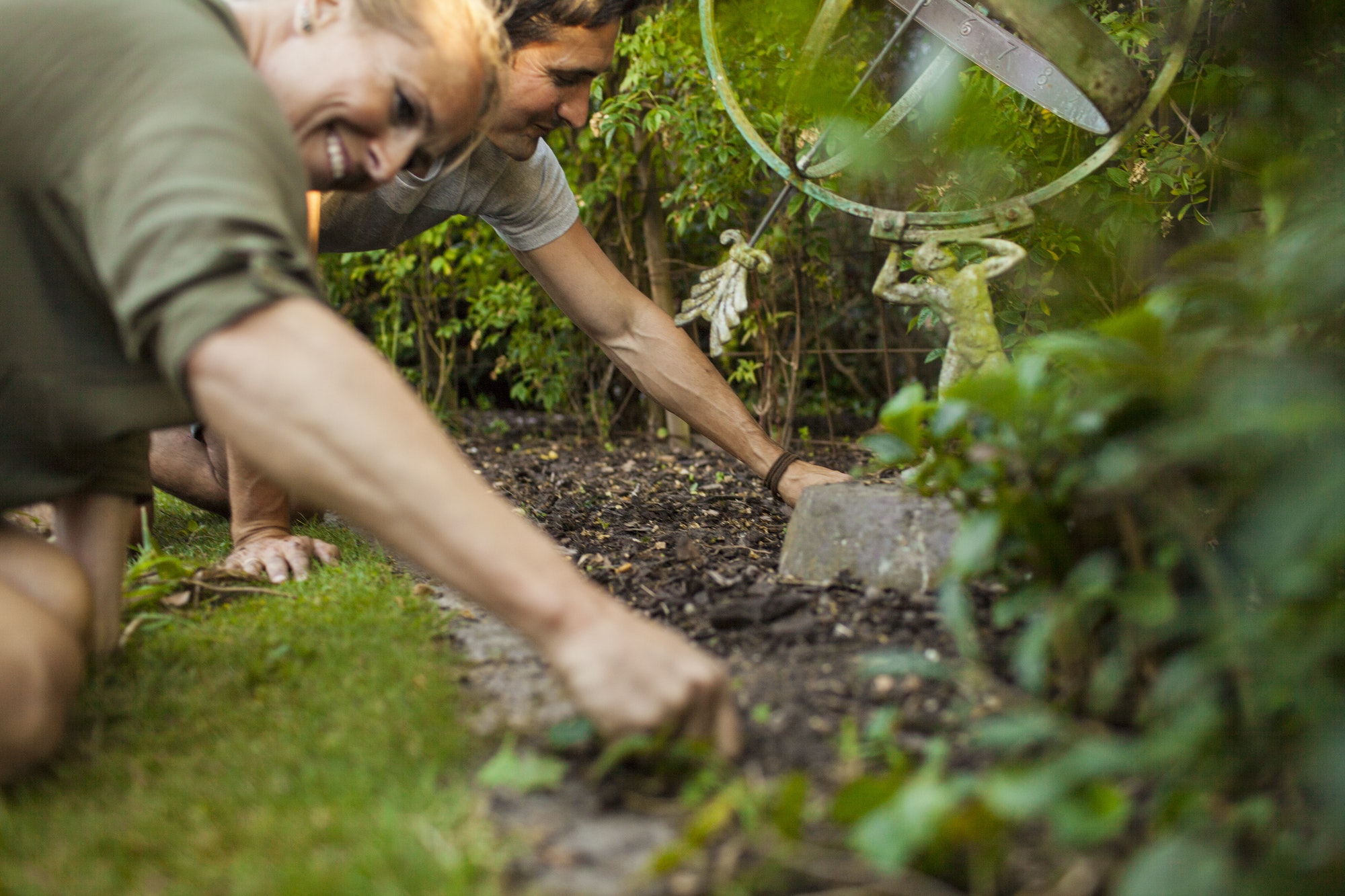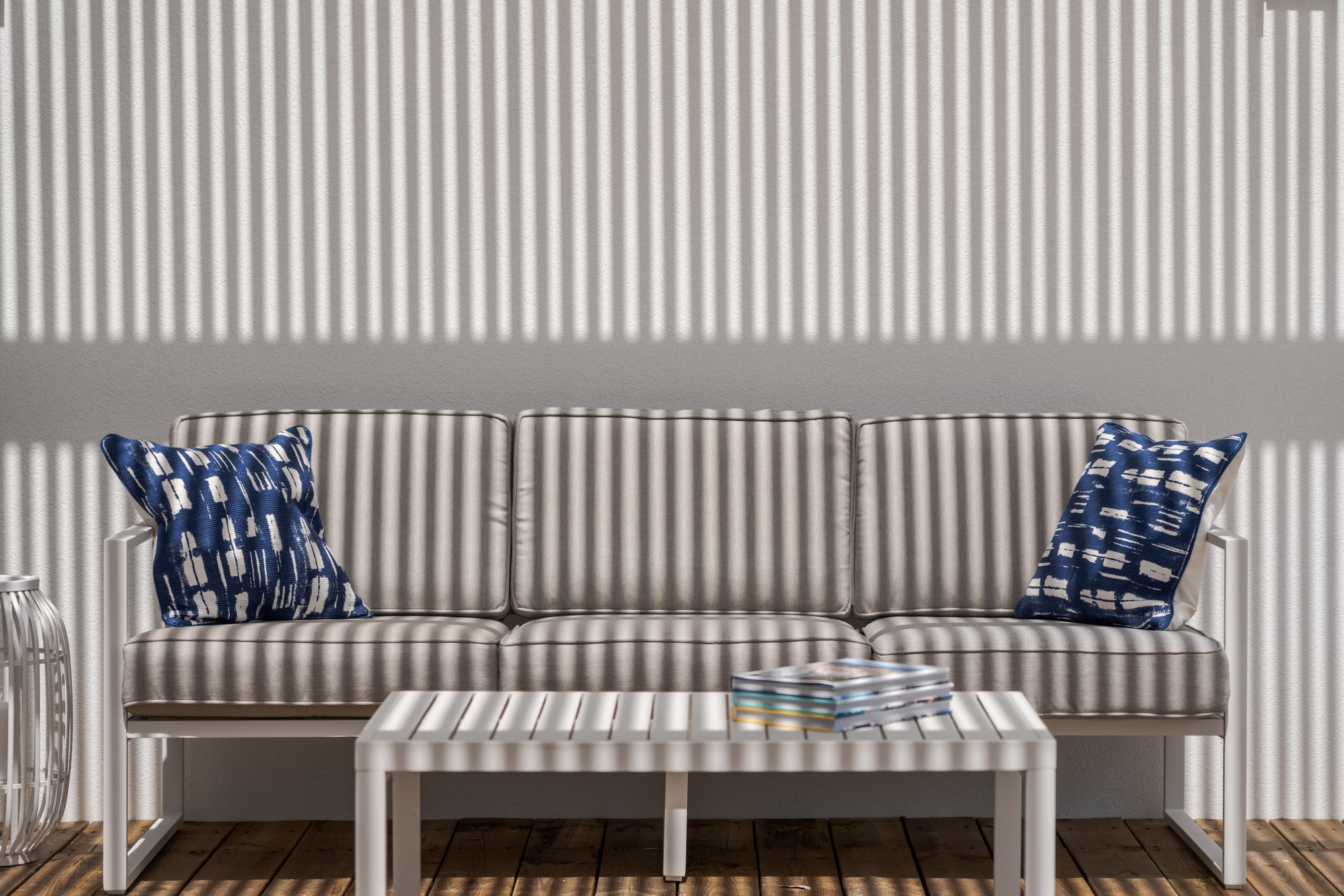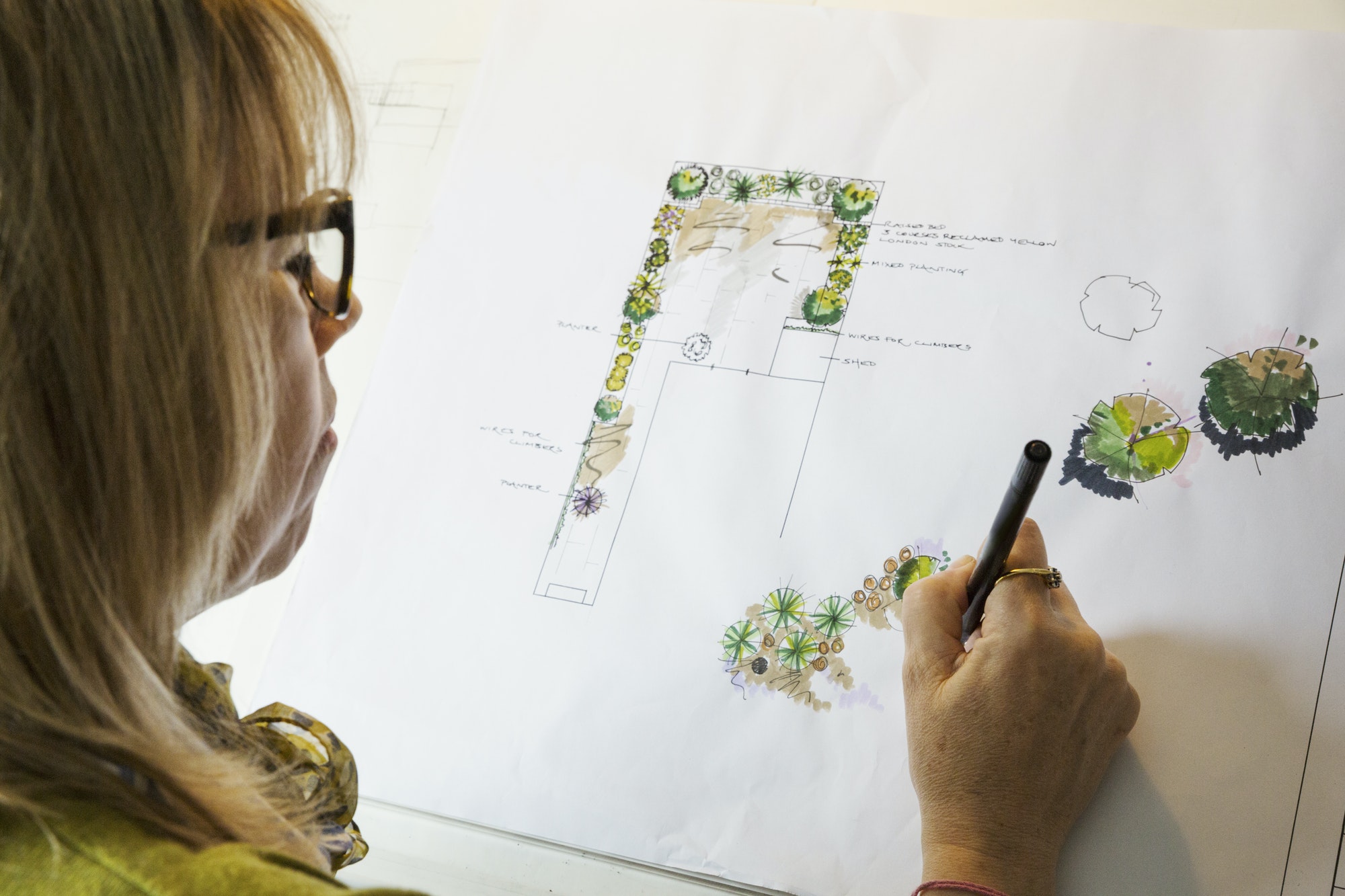A good garden design focuses on harmony and a sense of order. The use of recurring plants, materials, and elements provides a sense of continuity and predictability. Using too much repetition, however, can make a garden seem too predictable and boring. Keeping the repetition of certain plants, colors, and materials to a minimum will also help create a rhythm in the landscape. The best gardens also leave room for surprises. Here are some tips to help you create a beautiful garden.
First, focus on the function of your garden. Whether you use it for outdoor dining or simply as a relaxing space, a garden should be functional and appealing to your sense of style. In addition to this, you’ll want to keep in mind any HOA rules and restrictions. Second, sketch out a finalized plan of your garden, taking note of any hardscape elements. Third, decide if you’d like your garden to be enclosed or have a lawn.
A great garden is a place where people can feel comfortable and at home. A great garden is like walking into a room or house. It is a retreat from the world outside. The walls, ceiling, and floor are the elements of a home that give a garden its character. Incorporate these elements into your own garden design to create “rooms” that visitors can explore. By incorporating these elements into your landscaping, you’ll create a welcoming, inviting environment where guests can feel comfortable and enjoy your creations.
A garden’s design involves all aspects of landscaping, from the hardscape to the softscape. When selecting plants, you must consider the specific horticultural requirements of each plant, including its blooming time and size. If you’re going to have kids, choose varieties that will grow in a variety of climates and environments. You can also consider the use and maintenance requirements of each type of plant. Some plants may not be good for a certain season, so it’s important to consider these considerations before selecting plants.
When designing a garden, color plays an important role. It is one of the essential elements of a garden’s design, and is often a great tool for evoke certain emotions. Think about the purpose of your garden before deciding on a color scheme for it. You can use different colors in your landscaping to create a mood. Just remember to use a color palette that is complementary to your home’s style. Incorporate balance and symmetry into your garden design.
Another important factor when designing a garden is the size and layout. You should be able to see every detail of your garden. If you have a small yard, try to avoid placing plants in rows. This way, they’ll be easier to see. They’ll also blend in with your existing plantings and provide a more natural look. They should be in proportion, and the colors should complement each other. In the end, it’ll all be a combination of plants that adds character.




